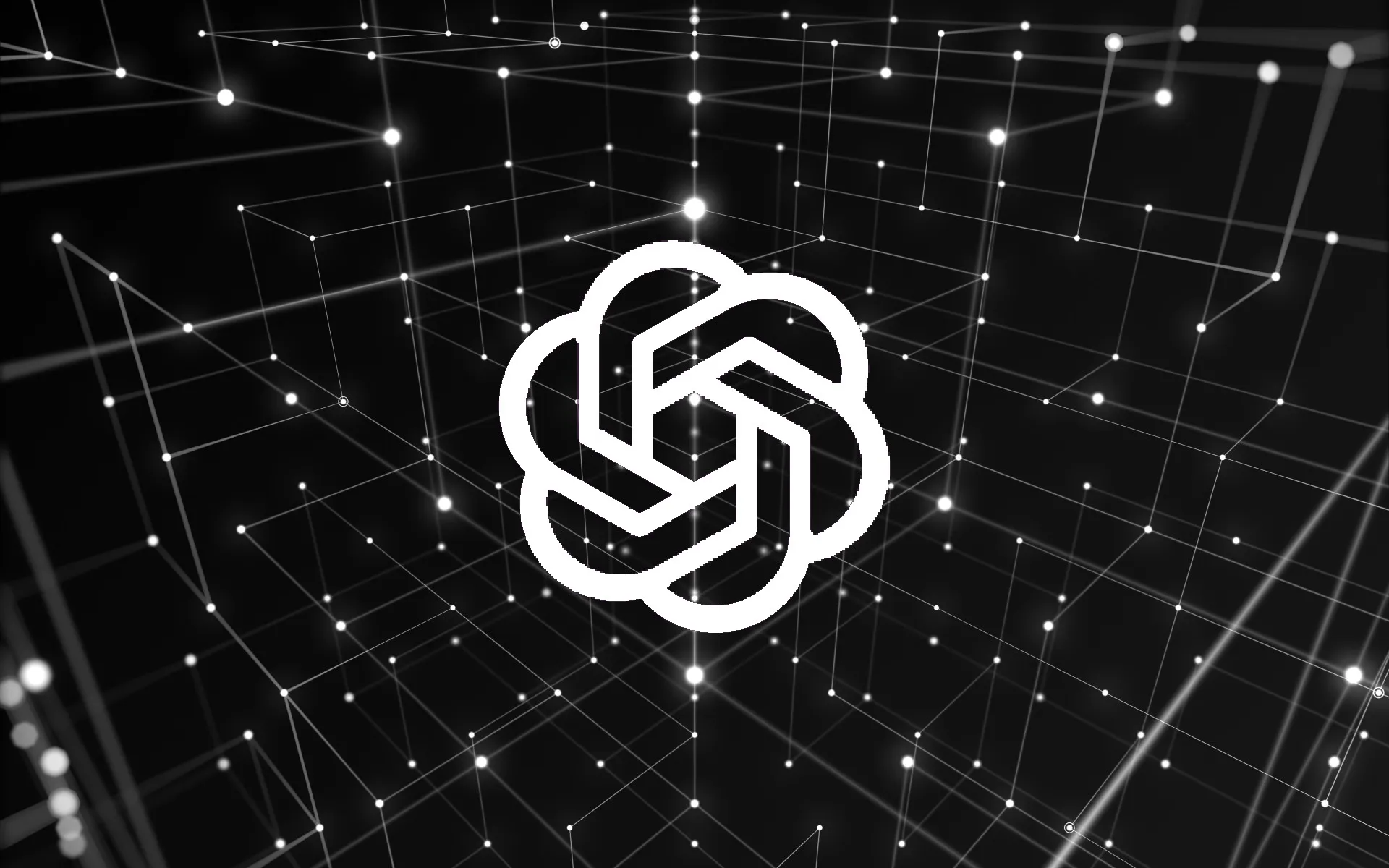ChatGPT is a large language model developed by OpenAI. It is based on the GPT (Generative Pre-trained Transformer) architecture and is trained on a massive dataset of internet text. Let’s discuss the Capabilities and Limitations of ChatGPT.
A Comprehensive Look at the Large Language Model
The model is designed to generate human-like text, making it a powerful tool for a wide range of natural language processing tasks, such as language translation, question answering, and text summarization.
One of the key features of ChatGPT is its ability to generate text that is highly coherent and contextually appropriate. This is achieved through the use of a transformer architecture, which allows the model to take into account the context of the input text when generating its output.
For example, if a user inputs a sentence such as “I am going to the store to buy some milk,” ChatGPT will be able to understand that the word “milk” refers to the dairy product and not to the color of the milk.
Another important aspect of ChatGPT is its use of a massive dataset of internet text. This allows the model to be exposed to a wide range of languages and styles, making it more versatile and able to understand and generate text in a variety of contexts.
Additionally, the dataset used to train ChatGPT is constantly updated, which allows the model to stay current and adapt to changes in language and culture.
One of the most common use cases for ChatGPT is text generation. This can include generating creative writing, such as stories and poems, as well as more practical applications like generating product descriptions or chatbot responses.
ChatGPT has also been used to improve language translation by suggesting translations for sentences and to help with summarization by generating a summary of a long text.
Another popular use case for ChatGPT is question answering. The model can be fine-tuned to understand specific domains and answer questions about them. For example, it can be trained to answer questions about a particular topic such as sports or medicine.
This can be useful for creating chatbots, virtual assistants, and other natural language interfaces that can help users find the information they need quickly and easily.
ChatGPT can also be used for more advanced natural language processing tasks, such as sentiment analysis, text classification, and named entity recognition. These tasks involve extracting information from text and classifying it into different categories, such as positive or negative sentiment, or identifying specific entities such as people or organizations.
Despite its many benefits, ChatGPT is not without its limitations. One of the main challenges is controlling the output of the model. Because ChatGPT is a generative model, it can produce a wide range of text that may not always be appropriate or coherent. Additionally, the model may produce text that is biased or offensive, especially if it has been trained on a dataset that contains such content.
Another limitation of ChatGPT is its computational cost. Because the model is so large, it requires significant computational resources to run, making it less accessible to smaller organizations or individuals. Additionally, because it is trained on a massive dataset, it can be difficult to fine-tune the model for specific tasks or domains.
In conclusion, ChatGPT is a powerful language model that has the ability to generate human-like text and perform a wide range of natural language processing tasks. Its use of a transformer architecture and a massive dataset of internet text allows it to understand and generate text in a variety of contexts. However, controlling the output of the model and the computational cost are some of the main challenges of using ChatGPT.
Despite these limitations, ChatGPT’s ability to generate coherent and contextually appropriate text makes it a valuable tool for a wide range of applications, including text generation, question answering, and natural language processing.


